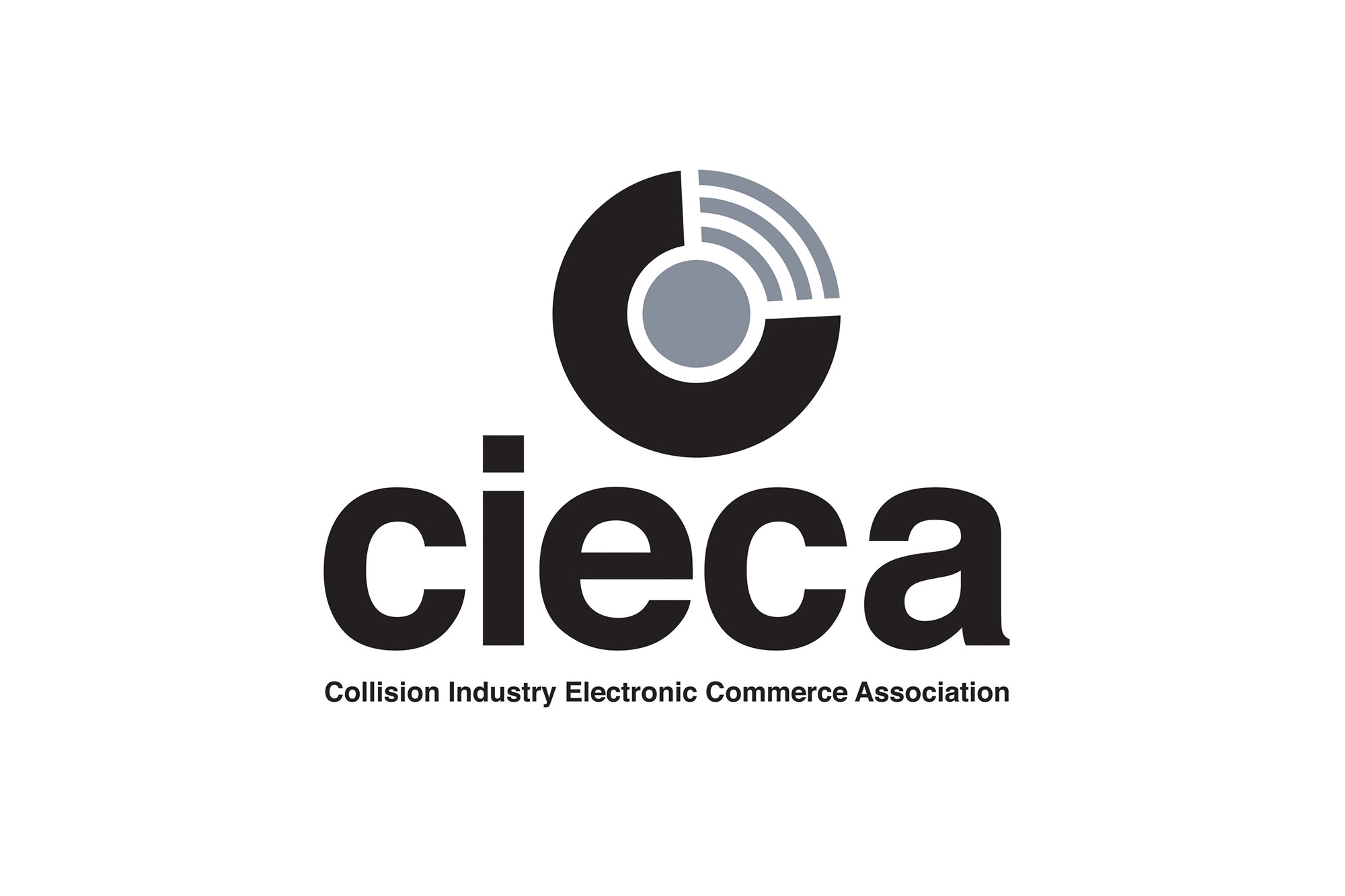The Collision Industry Electronic Commerce Association (CIECA) has announced that it has completed the 2020R2 release of the CIECA Standards for the collision repair industry, which includes new calibration standards developed by CIECA’s Calibration Committee and an enhancement to CIECA’s scanning standards.
“With the rise of ADAS technologies in vehicles today, it is necessary to calibrate the sensors as part of the repair,” said Paulette Reed, CIECA’s Technical Project Manager/Business Analyst. “The industry identified the need to exchange this information among industry partners in the supply chain and as a result, new standards were created by the CIECA Calibration Committee.”
CIECA did not provide further details about what changed in the 2020R2 release, requesting that people contact Reed for more information.
“CIECA’s mission is the exchange of electronic data within the collision repair industry,” said Darrell Amberson, Chairman of CIECA’s Calibration Committee and President of Operations at LaMettry’s Collision. “The Calibration Committee worked diligently to develop and maintain message standards and codes for the industry in regard to the calibration process and properly documenting all of the procedures.”
CIECA said its Calibration Committee was formed in January 2019 and represents all segments of the collision repair industry, including repairers, insurers, information providers, OEMs, parts providers, car rental companies, recyclers, financial services, glass companies, calibration service providers and vendors of scan and calibration tools. During the weekly meetings which were led by its former Project Coordinator, Charley Quirt, the committee said that it identified the business needs of each industry segment.
“By creating industry standards for calibration, it will enable the data to be shared electronically with everyone involved in the process,” said Quirt. “Consumers demand an assurance of vehicle safety and function, and setting standards is the first step toward this goal.’’
Gene Lopez, a member of the Calibration Committee and Director of Development and Training at Seidner’s Collision Centers, said committee participants also drafted a document with details on the calibration process. This includes information from the initial pre-scan to the disassembly of the damaged vehicle, blueprinting, discovering Diagnostics Trouble Codes (DTCs), vehicle repair, the post-scan process and calibration functions.
“By having all of the industry segments come together on the committee calls each week, it helped us identify a broad range of possible ‘what if’ scenarios in terms of the documentation that may be required or expected pertaining to the repair,” said Amberson.

